Ensuring children's travel safety is a priority for every family. Children are more easily injured if a crash happens, so how to use car seats properly is important for parents and caregivers. Moreover, some countries enacted baby car seat regulations to ensure maximum traveling safety for children. This blog helps you understand the difference between R44 and R129 regulations.
R44 VS R129
R44 regulations primarily categorize car seats based on weight, covering children up to 36kg, while R129 regulations categorize them based on height, extending protection for children up to 150cm tall. Moreover, R129 introduces the concept of i-Size and Non-i-Size categories, emphasizing height-based classification for enhanced safety standards.
While both regulations prioritize crash test standards, R129 imposes more stringent testing, including side-impact and roll-over tests, ensuring comprehensive protection. Installation methods also differ significantly, with R129 mandating the use of ISOFIX systems for secure installation, whereas R44 allows for seat belts or ISOFIX attachment options. Additionally, R129 encourages extended rear-facing options for children, depending on age and height, although this requirement may vary by country.


These tables provide a clear overview of the differences between R44 and R129 regulations for child car seats. By comparing aspects such as age/weight range, classification, testing standards, installation methods, rear-facing options, additional features, and compatibility, parents can make informed decisions to ensure they choose the most suitable car seat for their child's safety and comfort.
Despite R129 being the latest regulation, R44 is still applicable in many countries. In addition, some countries implement their own regulation. Despite R129 being the latest regulation, R44 is still applicable in many countries. In addition, some countries implement their own regulations, which differ from both R44 and R129. Parents need to purchase child safety seats according to the requirements of these regulations to ensure compliance and the safety of their children during travel.



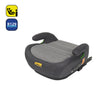
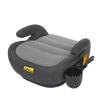
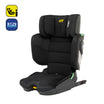
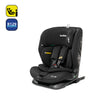
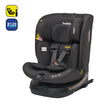
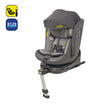
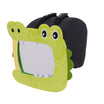
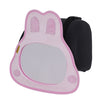
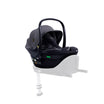
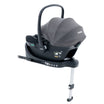
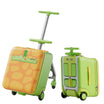
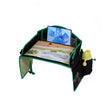
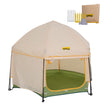
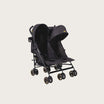
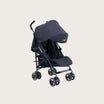
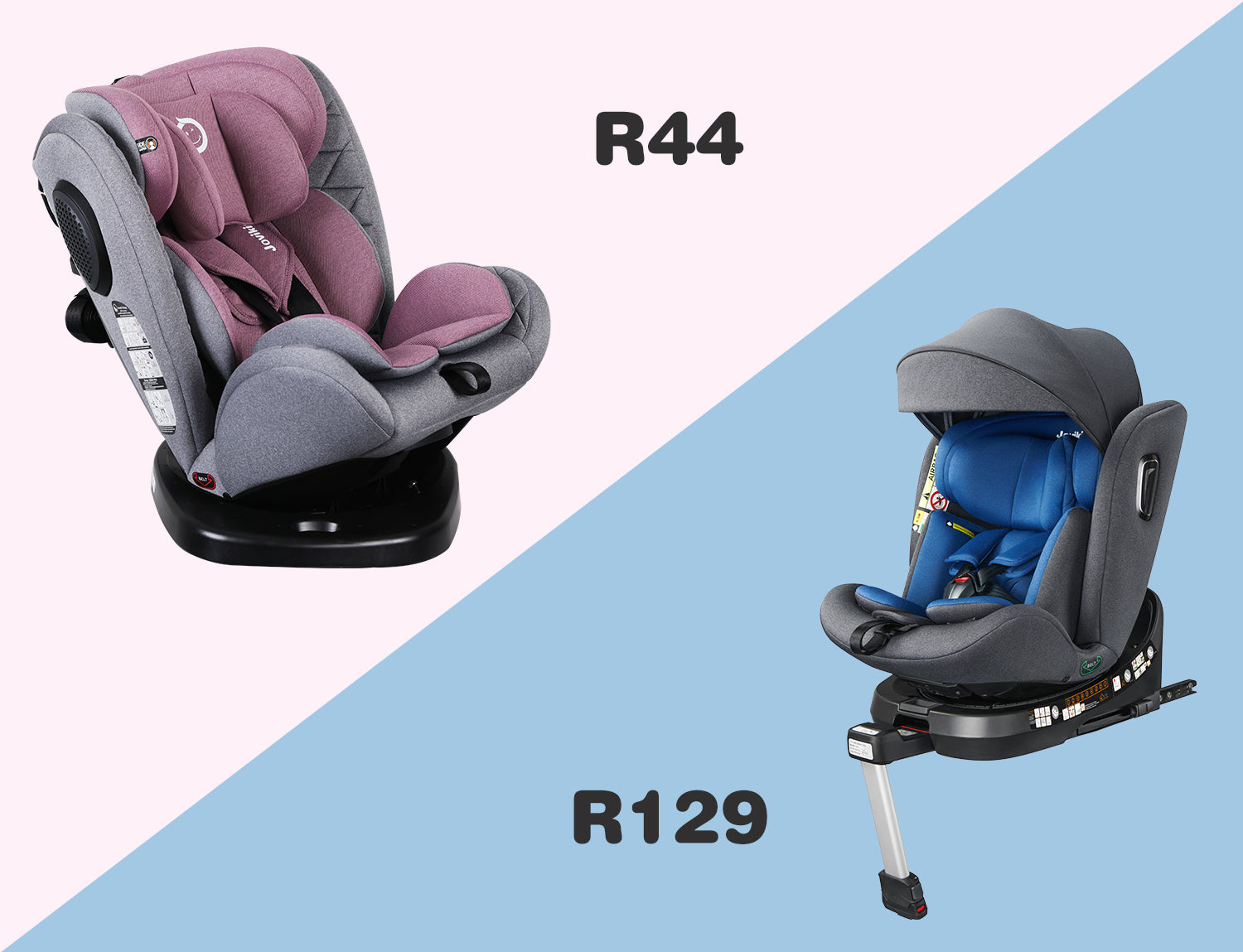







Leave a comment
All comments are moderated before being published.
This site is protected by hCaptcha and the hCaptcha Privacy Policy and Terms of Service apply.